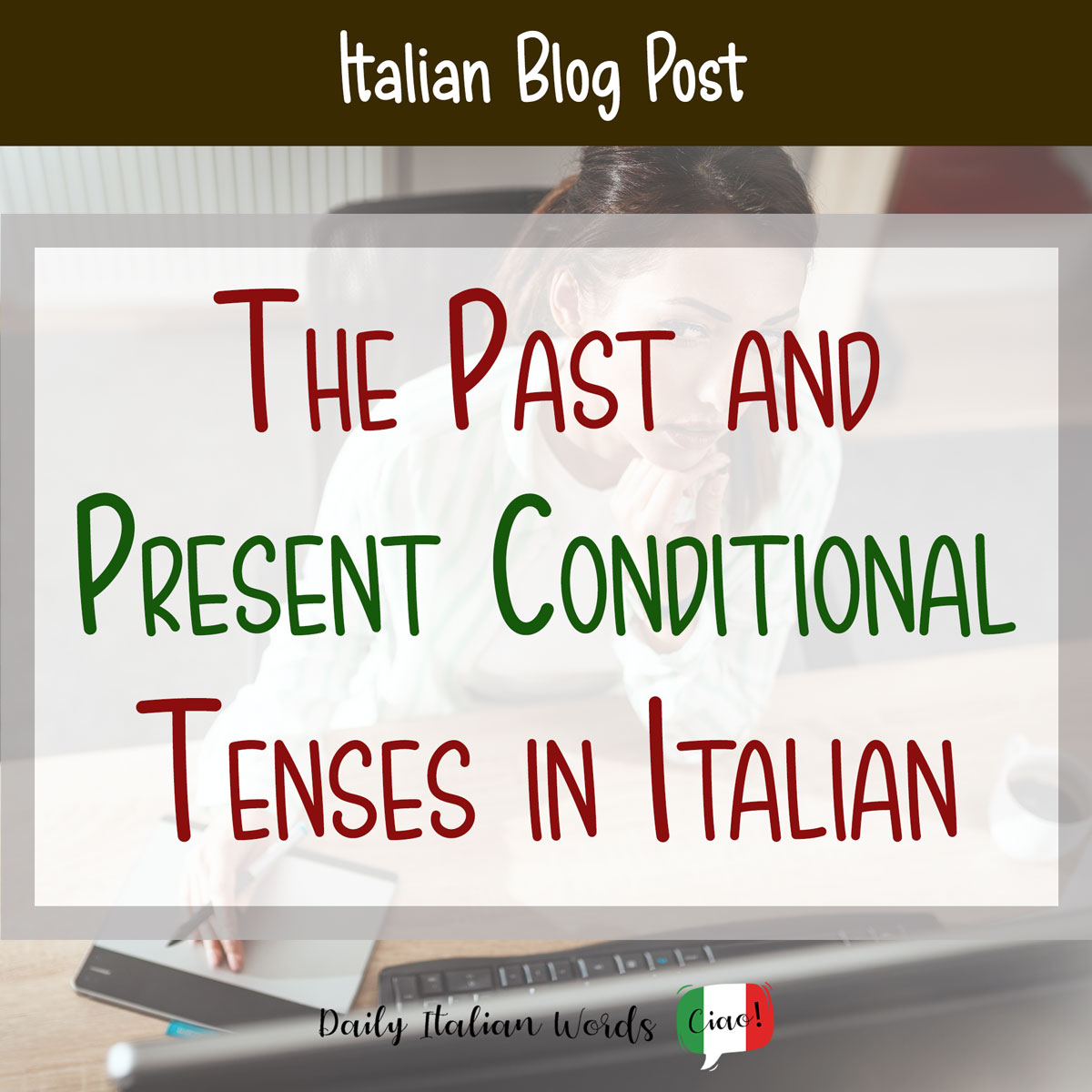Creating Emphasis in Italian
Emphasis is defined as “special importance, value, or prominence given to something.” In rhetoric, it refers to the techniques—both intentional and unintentional—that highlight certain elements of a sentence, making them stand out to the reader or listener. The goal of rhetorical emphasis is to enhance communication, whether by conveying urgency, danger, or surprise. In spoken …






